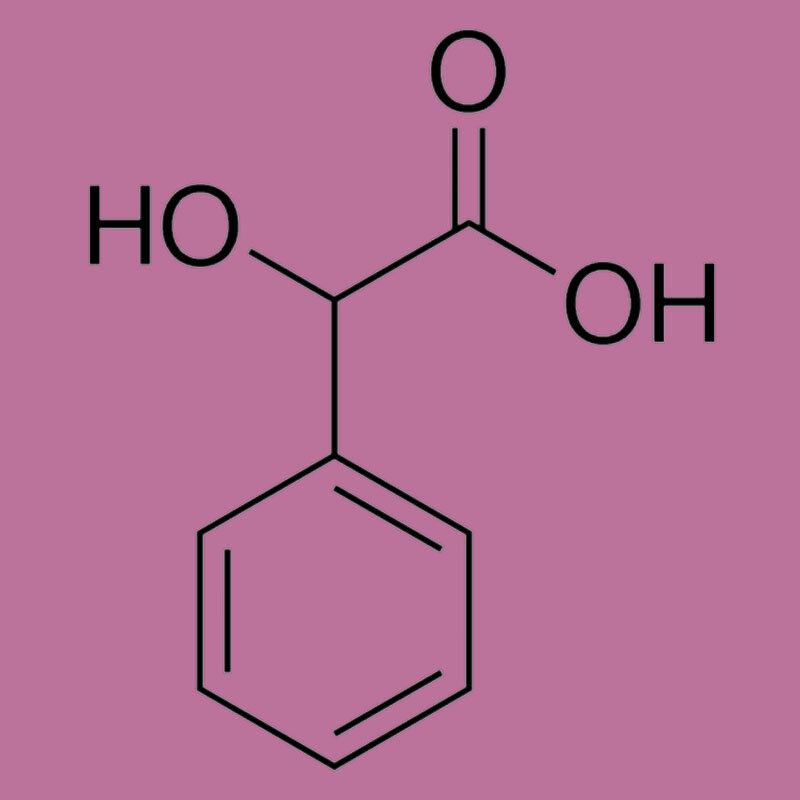This is a nonirritating AHA that is perfect for sensitive and acne-prone skin types because it's not as harsh as the more common AHA’s on the market like glycolic or lactic acid. The reason Mandelic acid is gentler when compared to glycolic acid is its molecular size, it is twice as big, so it takes longer to penetrate the skin and is, therefore, less likely to irritate. It also has antibacterial and anti-microbial properties, so it’s suitable for rosacea sufferers too.
Like other types of AHAs, it works by exfoliating the skin and gently dissolves the tiny glue-like bonds that bind skin cells together helping to remove dead skin build-up on the surface and it also strengthens collagen, one of the building blocks of the skin’s support network like a real powerhouse ingredient should! As you can see, Mandelic acid behaves very similarly to salicylic acid, which is a BHA; both are attracted to oil and have the ability to dissolved congestion in the skin.
Mandelic acids target acne, age spots, discoloration, and wrinkles without the typical irritation that can trigger post-inflammatory hyperpigmentation, especially in darker skin tones.
Fun facts about some AHAs! Mandelic acid is derived from bitter almonds, glycolic acid is from sugar cane, lactic acid is from milk, tartaric acid is from grapes, and malic acid is derived from apples.

